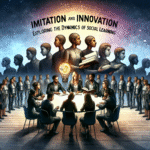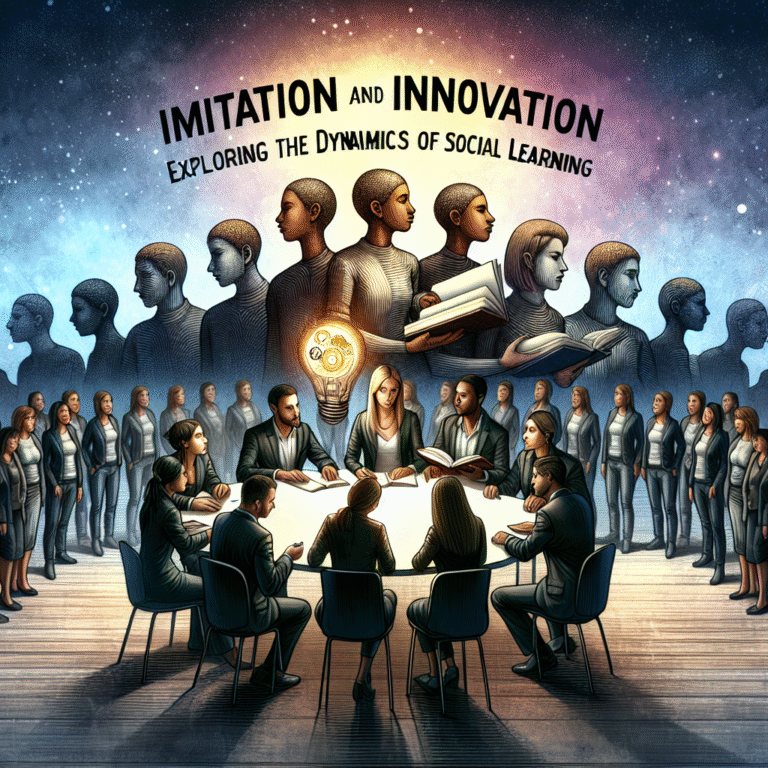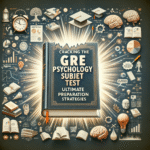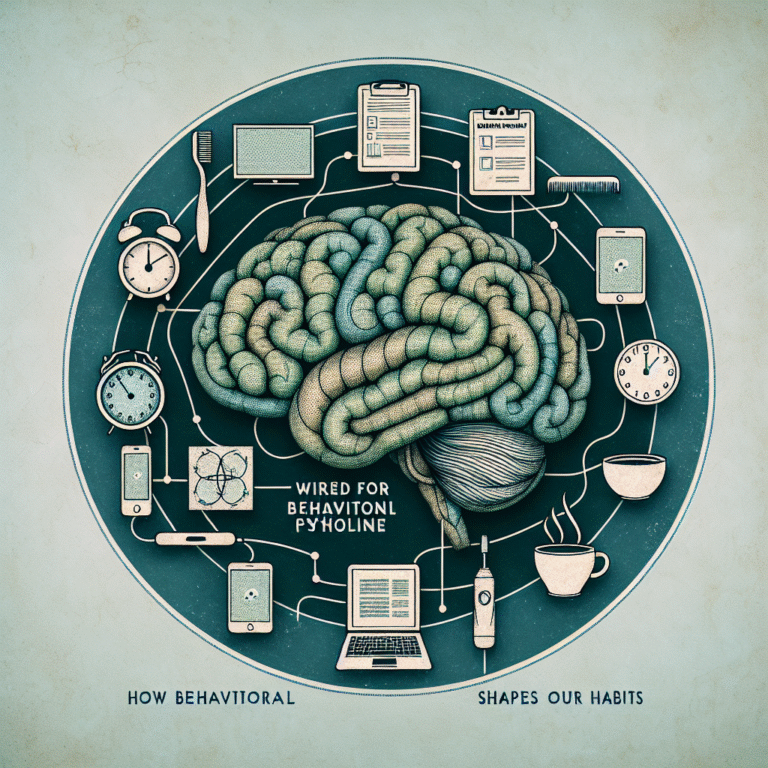
Introduction: Embracing Change in Risk Assessment
In an era marked by swift technological advancements and unpredictable global events, the relevance and necessity of effective risk assessment are at an all-time high. Every decision, whether in a corporate boardroom or a government policy-making space, has the potential to influence broader landscapes—economically, socially, or environmentally. The need for precise and proactive risk assessment becomes imperative in navigating this complex maze. Enter The Future of Risk Assessment: Emerging Trends and Technologies, a dynamic field that promises to redefine how organizations anticipate, evaluate, and mitigate risks.
With the rise of artificial intelligence, machine learning, big data analytics, and blockchain, the capabilities in risk assessment are expanding exponentially. This article aims to delve into these emerging trends and technologies, their practical applications, and how they are shaping the future. Let’s embark on this insightful journey.
Understanding Risk Assessment Today
The Traditional Approach to Risk Assessment
Historically, risk assessment has relied heavily on qualitative analysis and intuition. Decision-makers evaluated risks based on historical data and expert opinions. While valuable, this traditional approach often falls short in today’s data-saturated environment.
Shortcomings of Traditional Methods
-
Reactive Nature: Traditional risk assessment tends to be reactive rather than proactive.
-
Limited Scope: Relying solely on historical data can lead to overlooking emerging risks that have not yet materialized.
- Inefficiency: Time-consuming processes can stall important decisions due to the extended duration required for thorough evaluations.
Transitioning to Advanced Technologies
The future of risk assessment lies in integrating advanced technologies that provide a more nuanced view of risk. By leveraging these emerging trends, organizations can enhance their assessments, streamline processes, and foster better decision-making.
Emerging Trends Impacting Risk Assessment
1. Artificial Intelligence and Machine Learning
Artificial intelligence (AI) and machine learning (ML) are transforming the landscape of risk assessment. These technologies facilitate the processing of vast amounts of data, identifying patterns and predicting potential risks with unprecedented accuracy.
Case Study: Predictive Analytics in Finance
A notable example is JPMorgan Chase, which employs AI-driven predictive analytics to assess credit risk. By utilizing ML algorithms, they can analyze client behavior and market trends, which aids in the timely identification of credit risks.
Key Insights
-
Faster Processing: AI algorithms can analyze data in real-time, significantly reducing the time needed for risk evaluation.
- Enhanced Accuracy: Machine learning models continuously improve by learning from new data, leading to more accurate risk predictions.
2. Big Data Analytics
Big data plays a crucial role in enhancing the depth of risk assessment. Leveraging data from diverse sources—social media, IoT devices, and customer interactions—provides a comprehensive view of potential risks.
Case Study: InsurTech Innovations
Companies like Lemonade use big data analytics to streamline the claims process and assess risks. By analyzing extensive datasets, they can tailor their insurance products to better meet customer needs, mitigating risks associated with providing coverage.
Key Insights
-
Comprehensive Risk Profiles: Big data allows organizations to build more detailed risk profiles by utilizing real-time information.
- Predictive Modeling: Integrating big data into risk models enhances predictive capabilities, allowing for proactive risk management.
3. Blockchain Technology
Blockchain technology offers a revolutionary method for enhancing transparency and trust in risk assessment. By providing an immutable record of transactions, organizations can benefit from increased accountability and reduced fraud risks.
Case Study: Supply Chain Integrity
Walmart uses blockchain for tracking the provenance of products in its supply chain. By ensuring transparency and traceability, they significantly reduce risks associated with food safety and supply chain disruptions.
Key Insights
-
Transparency: The decentralized nature of blockchain fosters greater transparency, enabling organizations to identify and assess risks more effectively.
- Fraud Reduction: Blockchain reduces the opportunity for fraud, making risk assessments in finance and supply chains more reliable.
4. Cybersecurity Measures
With the increase in cyber threats, integrating cybersecurity measures into risk assessments is crucial. Technologies such as AI and ML are not only being used to assess risks but also to safeguard against them.
Case Study: IBM’s Watson for Cyber Security
IBM’s Watson uses machine learning to enhance enterprise cybersecurity by identifying threats and vulnerabilities. The machine’s ability to rapidly analyze vast data sets supports effective risk assessments in cybersecurity.
Key Insights
-
Proactive Threat Detection: Utilizing AI tools can help organizations detect threats before they escalate into crises.
- Continuous Monitoring: Cybersecurity as a component of risk assessment allows for real-time monitoring and quicker response strategies.
Building a Comprehensive Risk Assessment Framework
Integration of Technologies
The future of risk assessment shifts towards a holistic approach that integrates these technologies into a cohesive framework. It fosters collaboration among various departments—IT, finance, compliance—to create a unified risk management strategy.
Steps Towards Implementation
-
Identify Needs: Assess the specific risks pertinent to the organization and identify technology gaps.
-
Invest in Solutions: Maximize ROI by investing in the most appropriate technological solutions tailored to the organizational strategy.
-
Train Personnel: Ensure that employees are adequately trained to utilize new technologies and methodologies in risk assessment.
- Continuous Evaluation: Regularly reassess risk management processes to incorporate the latest technological advancements.
The Role of Leadership
Leadership plays a pivotal role in championing these technological adaptations. By fostering a culture that embraces innovation, organizations can ensure that risk assessment processes evolve alongside emerging trends.
Conclusion: Paving the Path Forward
The future of risk assessment is poised for groundbreaking advancements fueled by emerging technologies. By embracing AI, big data analytics, blockchain, and cybersecurity measures, organizations can proactively identify and mitigate risks, ultimately creating a more resilient framework for decision-making.
As we navigate an increasingly interconnected world, understanding these trends will be essential for organizations striving to stay ahead. The proactive integration of technology will not only enhance risk management but also foster a culture of innovation and agility.
As we move forward, let us remain committed to continuous learning and adaptation in our approach to risk assessment. The future is bright—but only if we seize the opportunities that modern technology affords us.
FAQs
1. How can AI improve risk assessment?
AI enhances risk assessment by processing vast amounts of data quickly and accurately, identifying patterns that can predict potential risks more effectively.
2. What role does big data play in risk management?
Big data provides comprehensive insights into risk profiles by integrating real-time data from various sources, enabling organizations to make informed decisions.
3. How does blockchain enhance risk assessment?
Blockchain improves risk assessment by ensuring transparency and accountability, ultimately reducing fraud and enhancing trust in transactions.
4. Why is cybersecurity important in risk assessment?
Cybersecurity is crucial as it protects organizations from increasing cyber threats, allowing for real-time threat detection and risk mitigation strategies.
5. What steps should organizations take to implement these technologies in risk assessment?
Organizations should identify their specific needs, invest in appropriate technologies, train personnel, and continuously evaluate their risk management processes.
With this comprehensive guide, readers are empowered with insights about The Future of Risk Assessment: Emerging Trends and Technologies. By understanding and leveraging these advancements, organizations can create a more robust and proactive approach to risk assessment, paving the way for a successful and resilient future.
















